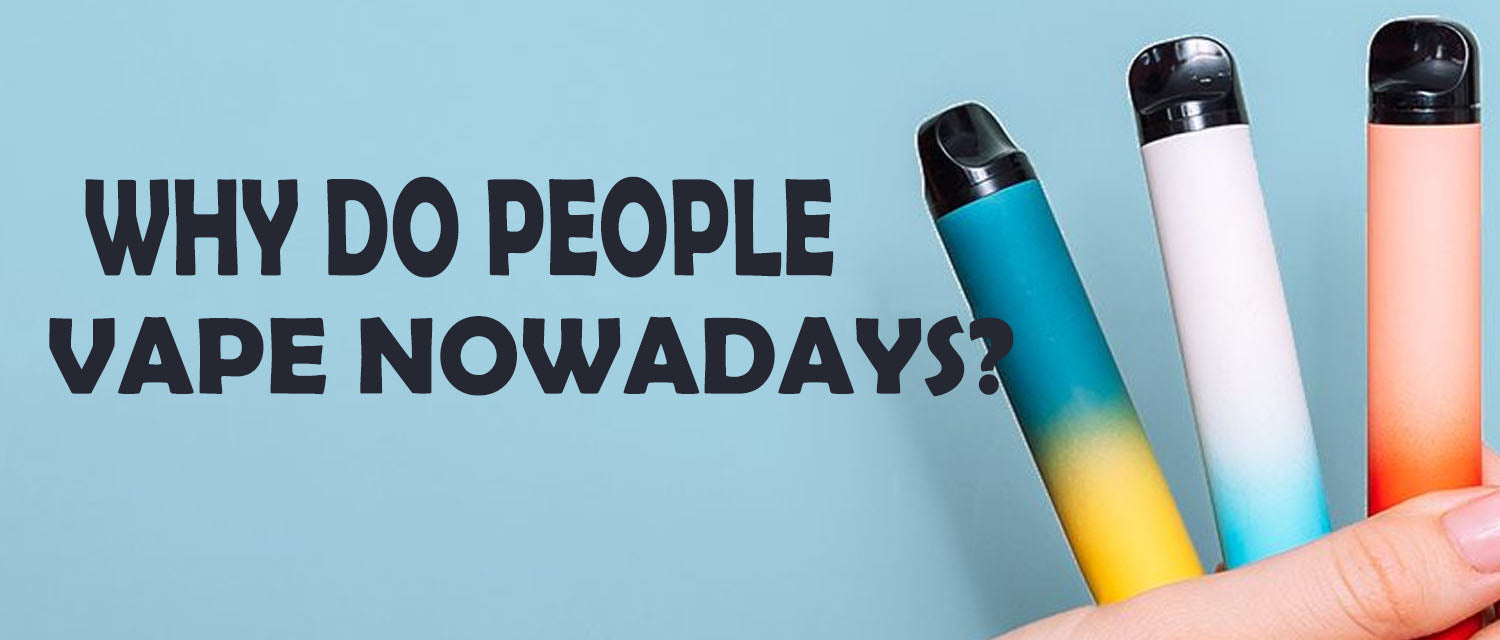
Trends and Predictions for Canada’s Vape Market
In recent years, the vaping industry in Canada has experienced significant growth and transformation, propelled by evolving consumer preferences, technological advancements, and regulatory changes. As we step into 2024, the landscape of Canada’s vape market continues to evolve, presenting both challenges and opportunities for industry players. From shifting demographics to emerging trends in product design and sustainability, the Canadian vape market is poised for further innovation and expansion.
With the rise in popularity of vaping among both smokers and non-smokers, the demand for diverse vape products and accessories has surged. Vape shops and vape stores like Clutch Vape across Canada are constantly adapting to meet the evolving needs of consumers, offering a wide range of devices, e-liquids, and accessories to cater to different preferences and lifestyles. As we research the trends and predictions for Canada’s vape market, it's essential to explore the factors driving these changes and anticipate what lies ahead for the industry.
What’s Next in 2024 and Beyond?
The vaping landscape is characterized by rapid technological advancements, with manufacturers constantly innovating to enhance user experience and safety. In 2024 and beyond, we can expect to see further innovations in vape technology, including improvements in battery life, temperature control, and customization options. Advanced vape devices with features such as Bluetooth connectivity and app integration are likely to gain traction among tech-savvy consumers, offering greater control and convenience.
Moreover, the trend towards pod-based systems and compact, portable vape devices is expected to continue, driven by the growing demand for discreet and convenient vaping solutions. These sleek and user-friendly devices appeal to both beginners and experienced vapers, offering simplicity without compromising on performance. Additionally, the development of alternative nicotine delivery systems, such as nicotine salts and nicotine pouches, presents new opportunities for vape manufacturers to diversify their product offerings and cater to different preferences.
Market Growth Analysis
The Canadian vape market has witnessed robust growth in recent years, driven by factors such as increasing awareness of harm reduction alternatives, the expansion of vape distribution channels, and the introduction of innovative products. According to market analysts, this growth trajectory is expected to continue in 2024 and beyond, albeit at a slightly slower pace due to regulatory uncertainties and evolving consumer perceptions.
Despite regulatory challenges and concerns surrounding youth vaping, the adult vape market in Canada remains strong, fueled by a growing number of smokers looking to quit or reduce their tobacco consumption. Moreover, the legalization of cannabis in Canada has opened up new opportunities for the vape industry, with the emergence of cannabis-infused vape products catering to both medical and recreational users. As the regulatory landscape continues to evolve, industry stakeholders must adapt and innovate to ensure continued growth and compliance with regulations.
Shifts in Vaping Demographics Across Canada
The demographics of vapers in Canada are undergoing significant shifts, reflecting changing attitudes towards vaping and tobacco use. While vaping was initially popular among young adults and former smokers, there is now a growing trend of older adults embracing vaping as a smoking cessation aid or recreational activity. This demographic shift presents both challenges and opportunities for vape retailers and manufacturers, who must tailor their products and marketing strategies to appeal to a broader audience.
Furthermore, regional variations in vaping prevalence and regulations across Canada underscore the need for a nuanced understanding of local markets and consumer preferences. For example, provinces such as Ontario and British Columbia have implemented stricter regulations on vape advertising and sales to curb youth vaping, while other provinces have adopted more lenient approaches. As such, vape businesses must navigate a complex regulatory landscape while adapting to evolving consumer trends and preferences.
Eco-Friendly Vaping: Sustainability in Vape Product Design
In recent years, there has been a growing emphasis on sustainability and environmental consciousness within the vape industry. As consumers become more environmentally aware, there is increasing demand for vape products that are ethically sourced, recyclable, and eco-friendly. Manufacturers are responding to this demand by incorporating sustainable materials, such as biodegradable plastics and recyclable packaging, into their product designs.
Moreover, the trend towards refillable and rechargeable vape devices is gaining momentum, as consumers seek alternatives to single-use products that contribute to waste and pollution. Refillable vape pods and tanks allow users to reduce their environmental footprint by refilling them with e-liquid instead of disposing of them after single use. Additionally, the adoption of organic and naturally-derived ingredients in e-liquids reflects a broader commitment to sustainability and consumer health.
As the vape market in Canada continues to evolve, sustainability will likely become an increasingly important consideration for both consumers and industry stakeholders. By prioritizing eco-friendly practices and innovative solutions, vape businesses can not only reduce their environmental impact but also enhance their brand reputation and appeal to socially conscious consumers.
Faqs
What are the trends in vaping in Canada?
In Canada, some of the key trends in vaping include the adoption of vaping the way personalized vaping experiences, the growth of the cannabis-infused vape market, shifts in vaping demographics towards a broader age range, and an increasing emphasis on eco-friendly vaping options.
How big is the vape market in Canada?
The vape market in Canada is experiencing steady growth, fueled by factors such as product innovation, changing consumer behavior, and the legalization of cannabis for recreational use. While specific market size figures vary, projections indicate continued expansion in the coming years.
What are the future implications of vaping?
The future implications of vaping in Canada are multifaceted, ranging from regulatory challenges and public health concerns to opportunities for innovation and growth. As the industry evolves, stakeholders will need to navigate these complexities while addressing the diverse needs and preferences of consumers.



Leave a comment
This site is protected by hCaptcha and the hCaptcha Privacy Policy and Terms of Service apply.